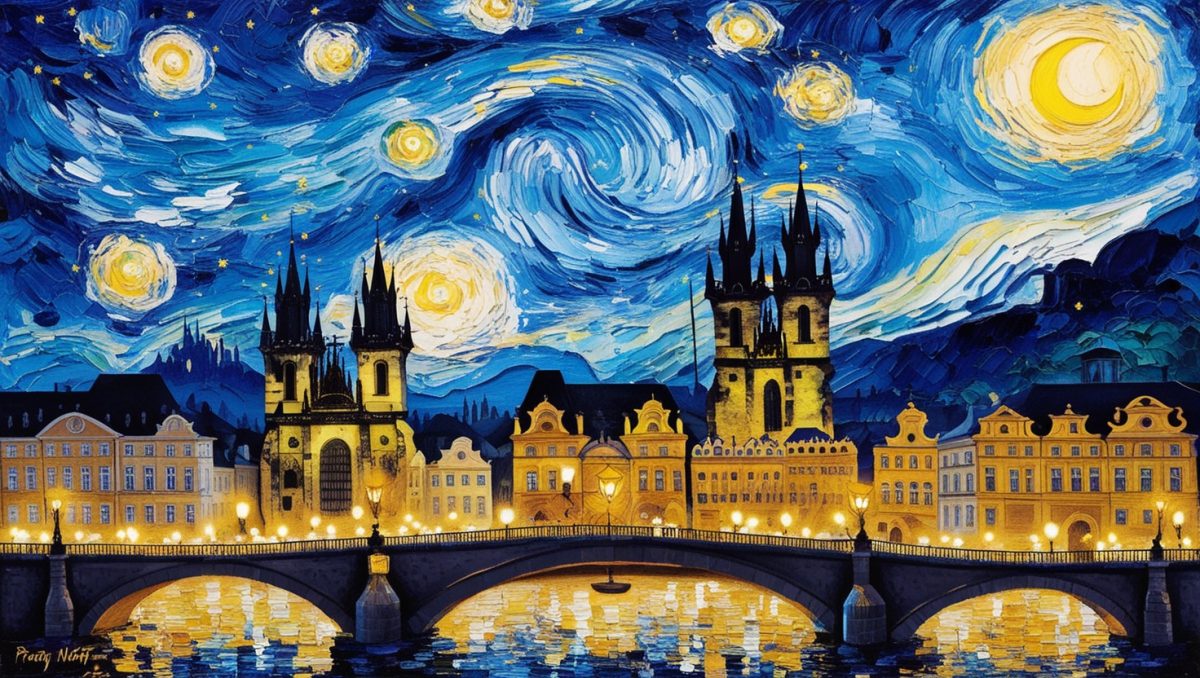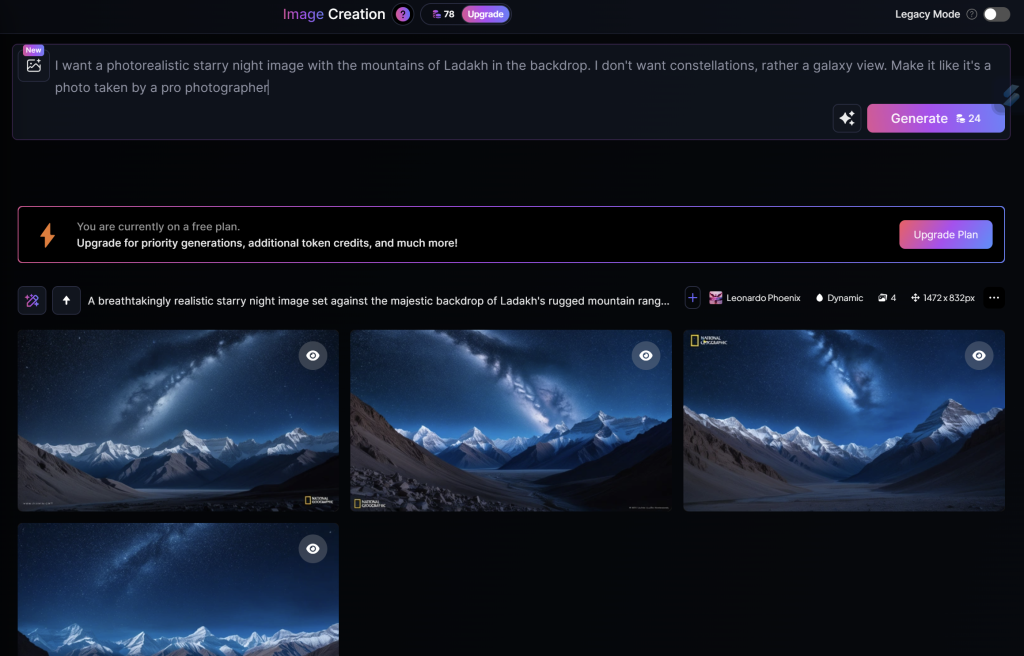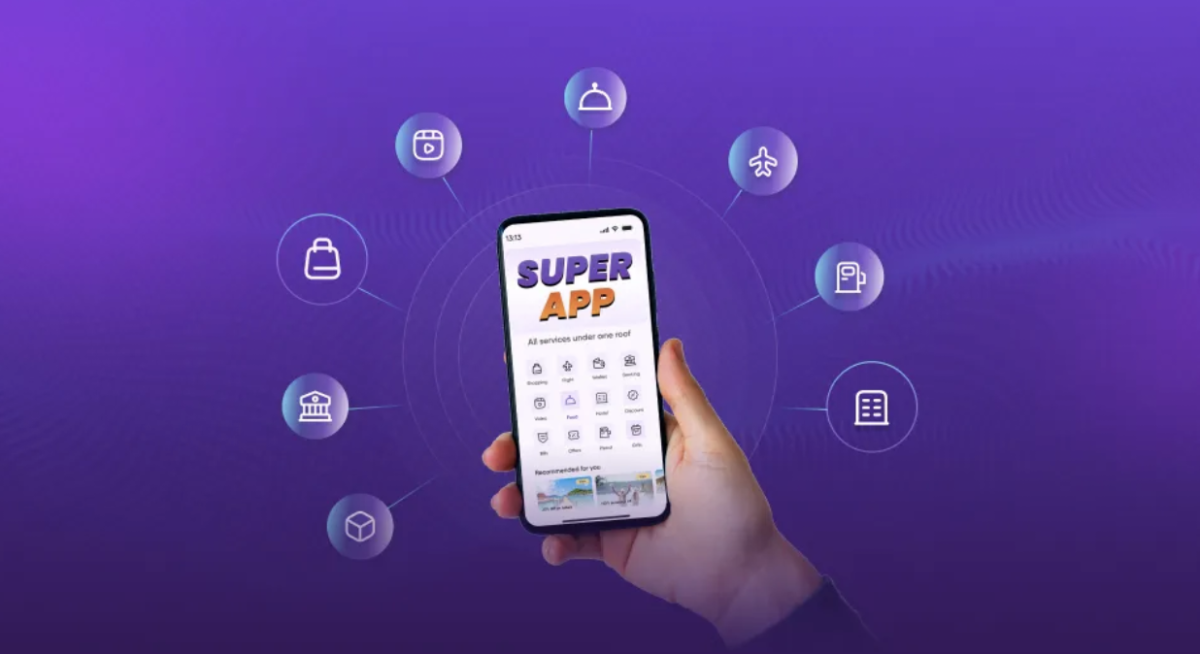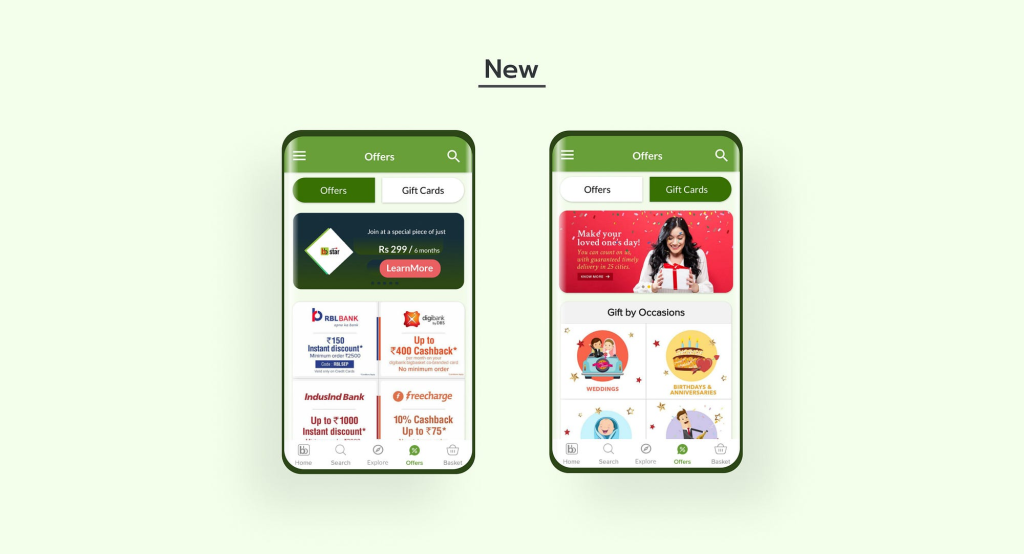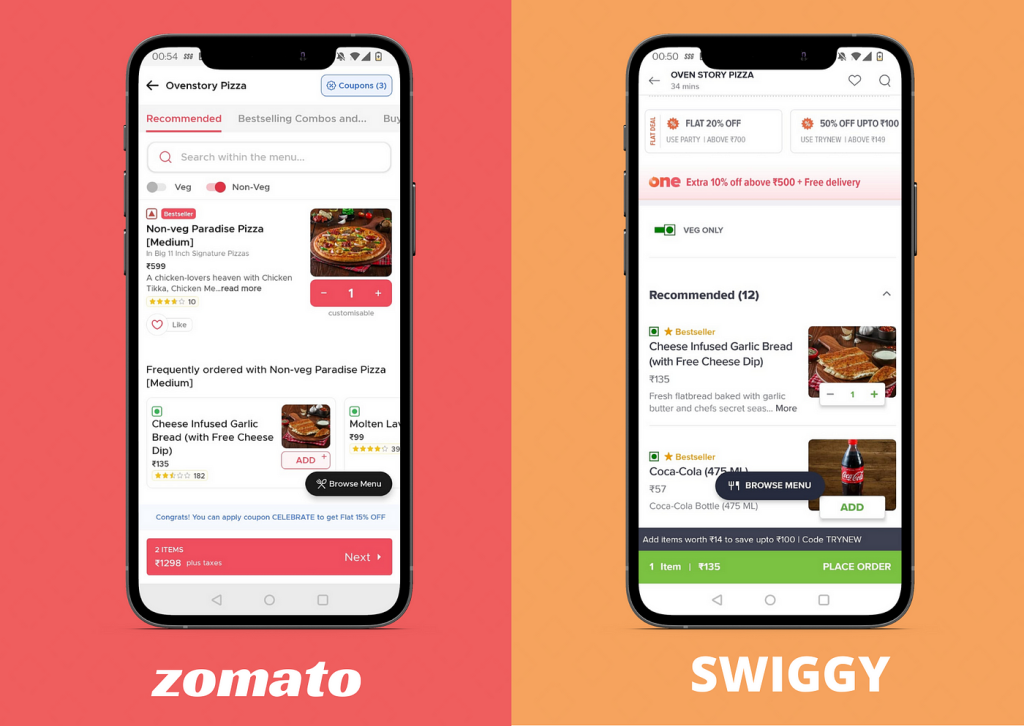When we first got together to brainstorm our GenAI report, we had a big task ahead of us: picking a business model to explore. We had three solid contenders—Assistance in the Legal System, Consumer Retail, and Advertising. Each had its own appeal. Legal systems could use AI to streamline massive amounts of data, and retail was already buzzing with AI for inventory and customer management. But advertising? That’s where the real magic happens.
Why advertising? Simply put, advertising is fast, dynamic, and constantly evolving. It’s the perfect playground for AI, especially when it comes to creating, personalizing, and optimizing content in real-time. With consumers bombarded by thousands of ads daily, the challenge is to stand out. And with AI, especially GenAI, there’s a real chance to revolutionize how ads are made and delivered—hyper-localized content, instant personalization, and the ability to react to trends at lightning speed. It was clear that this sector had huge potential for disruption, and we were excited to dive in.
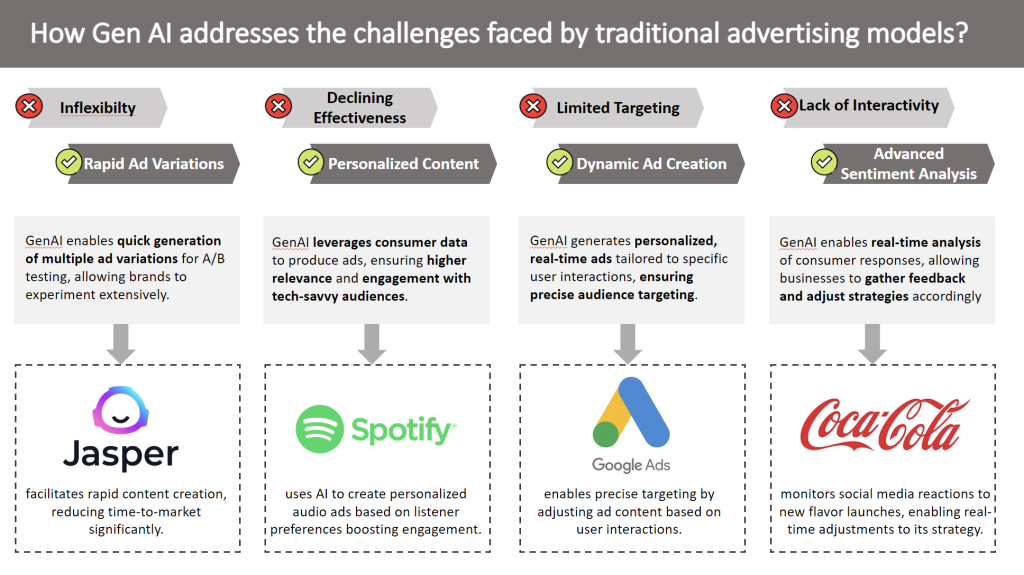
Deep Dives, Data, and Great Insights
Once we set our sights on advertising, the real work began. Our secondary research opened our eyes to how companies are already dabbling in AI-powered advertising. We found some really cool examples. For instance, Spotify uses AI to create personalized audio ads based on what its users are listening to, making ads feel less intrusive and more engaging. It’s all about connecting with audiences on a deeper level.
But what really added a personal touch to our research was an interview we managed to snag with a senior executive from a major Indian consumer goods company. This executive was a goldmine of insights. She explained that they were trying out AI for their advertisements and would soon launch some AI based ads. That conversation really helped shape our understanding of the real-world impact AI could have.
Hitting the Speed Bumps: The Tough Part
Of course, it wasn’t all smooth sailing. The biggest challenge? Ad models using AI are still in their infancy. Sure, GenAI is making waves in consumer retail, but advertising? Not so much. This meant we were often treading new ground without clear blueprints. We had to figure out how AI could slot into the creative process and balance between automating tasks and maintaining the human touch that makes ads memorable.
For a while, it felt like we were pushing pieces around on a chessboard without a clear strategy. But, slowly, we started connecting the dots.
The Prototype: Leonardo AI Gets Creative
One of the coolest parts of this whole project was actually seeing our ideas come to life. We used Leonardo AI to generate a prototype advertisement for a global sneaker brand. The brief? To create ads featuring athletes like Virat Kohli and Neymar for different countries, each with localized elements like colors and backgrounds.
Let’s just say Leonardo AI had some hiccups. There were color mismatches, and the AI avatars of the athletes weren’t exact (due to image rights), but honestly? It was awesome to see what AI could do in minutes. While the prototype wasn’t perfect, it showed us what’s possible. AI could generate localized ads at scale, and the potential for future iterations is massive.
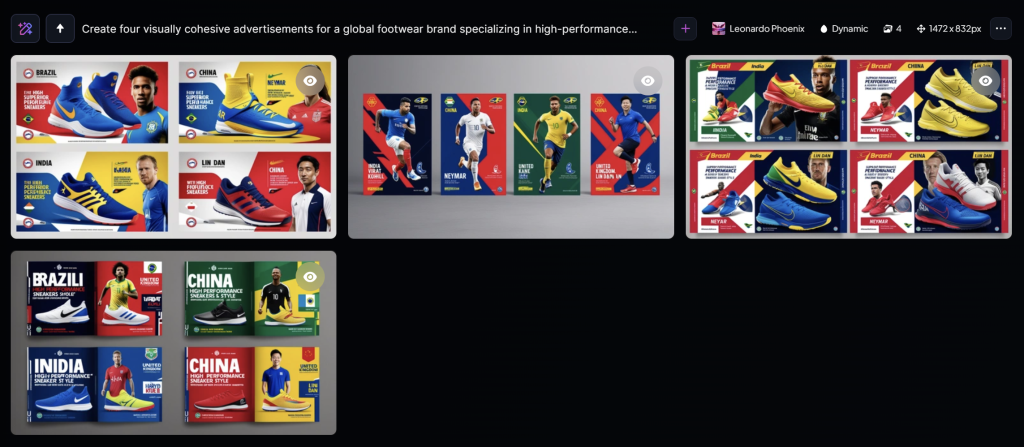
Wrapping It All Up
Reflecting on this experience, we came out the other side with a fresh perspective on what AI can do for advertising. Sure, we faced challenges—AI models are still learning the ropes, and the creative touch is hard to automate—but the future is bright. GenAI can automate the nitty-gritty parts of ad-making, like producing multiple versions of ads or adjusting content to fit different audiences and regions. This gives creative teams more time to do what they do best: create.
If anything, our journey has shown that GenAI isn’t just a tool—it’s a game changer. It won’t replace the human side of advertising but will work alongside it, making everything faster, smarter, and more efficient. We can’t wait to see where AI takes the industry next.

